IRELAND
Cork

Cork
Cork
Cork is the second largest city in the Republic of Ireland. Cork is the capital and administrative center of County Cork. According to the 2006 census, Cork has a population of 119,418. Metropolitan Cork has approximately 380,000 inhabitants. The city is located on the banks of the River Lee. The city center is located on an island between two channels. The River Lee flows from Lough Mahon to Cork Harbor, one of the world's largest natural harbors. The city is an important Irish seaport with quays and docks along the banks of the Lee. Cork is a university city with a total student population of approximately 25,000. The city has two major educational institutions, University College Cork and Cork Institute of Technology.
Cork City has strategic benefits for further growth and development. The city has a thriving commercial, social and cultural sector. The city's well-balanced economy drew countless large companies to Cork. In particular electronics, telecommunications, ICT and healthcare and the pharmaceutical industry (8 of the top 10 companies in the world) are located in Metropolitan Cork. The services sector is also well developed.
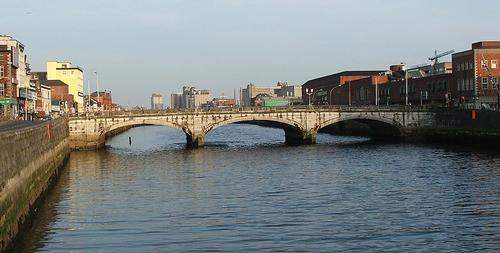 CorkPhoto: Kglavin CC 3.0 Unported no changes made
CorkPhoto: Kglavin CC 3.0 Unported no changes made
| advertisement |
| Hotels Cork |
Location
Cork's coordinates are: 51 ° 53'50 'North latitude and 8 ° 28'12' West longitude.
The city is located on an area of 37.3 km². The city center was built on a number of swampy islands in the shallowest stream of the River Lee. The word "Cork" is derived from the Irish word "corcach" (swamp). The North and South Main Streets are built on two of the largest islands, the South Island and the North Island.
The highest point in Cork County is in the Shehy Mountains at 706 m. The three major rivers Bandon, Lee and Blackwater and their valleys and floodplains dominate the landscape with forests, swamps and fens. There are many small lakes in County Cork. The River Lee forms a network of channels around a series of wooded islands. There are many islands off the coast of the county especially in West Cork. Carbery's Hundred Islands is a term used to describe the islands near Long Island Bay and Roaringwater Bay. Well-known islands are Bere Island, Great Island, Sherkin Island and Clear Island. Cork has a 1,094 km of coastline.
The city of Cork has the deepest natural harbor in Ireland with direct ferry connections to the UK and mainland Europe. Cork International Airport has direct flights to the UK and parts of Europe and connecting flights to other European and American destinations.
Weather
Cork's climate is mild with abundant rainfall and infrequently extreme temperatures. Temperatures below 0 °C or above 30 °C are rare. The average daytime temperature is 12.5 °C and the average nighttime temperature is 6.3 °C. The average rainfall per year is 1194 mm. Due to the low location of the city and favorable influence of the sea, snowfall is rare, on the other hand there is a lot of fog. There are about 200 days with some rain a year. Cork is also one of the sunniest cities in Ireland, averaging 1,387 hours of sunshine a year.
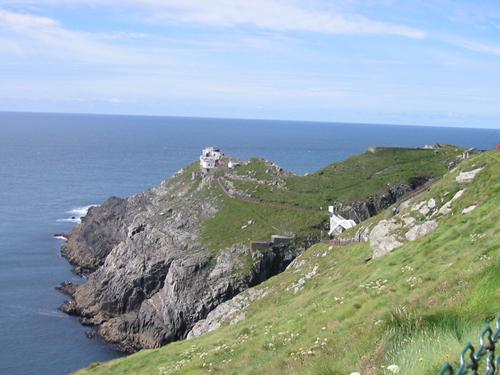 Cork landscapePhoto: Petra15 CC 3.0 Unported no changes made
Cork landscapePhoto: Petra15 CC 3.0 Unported no changes made
History
In the 6th century, a monastery was founded on the site near the present-day city of Cork by Saint Finbarr. Since then, Cork has grown from a medieval trading city into a cosmopolitan modern city. Cork took on an urban character in the 10th century, when the Vikings founded a trading port. Cork was an important trading center at the time.
In 1185, King John granted Cork city rights. Defensive walls were built around the city. Some remains of the ramparts and gates have been preserved to this day. During the Middle Ages, the city of Cork was surrounded by predominantly hostile countryside and although cut off from the English government, it was an outpost and guardian of English culture and customs. In 1491, Cork played an important role in the English Rose Wars when a pretender to the English throne came to Cork with the plan to gain support for a plot against Henry VII of England.
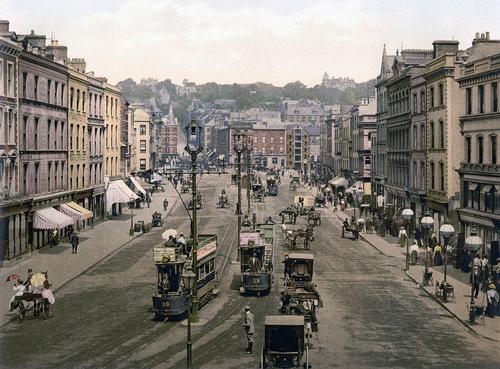 Cork around 1900Photo: Public Domain
Cork around 1900Photo: Public Domain
In the first half of the nineteenth century, Cork's economy plummeted. The early decades of the 20th century were heavily influenced by events of international and national importance. Ireland's economy, including the city of Cork, began to recover in the late 1980s, and economic growth accelerated particularly in the 1990s, the so-called 'Celtic Tiger' era. The transformation of the city is remarkable. New high-tech industries settled in the city and the surrounding hinterland. Some of the giants of the electronic, computer and pharmaceutical industries established factories in the area.
Sights
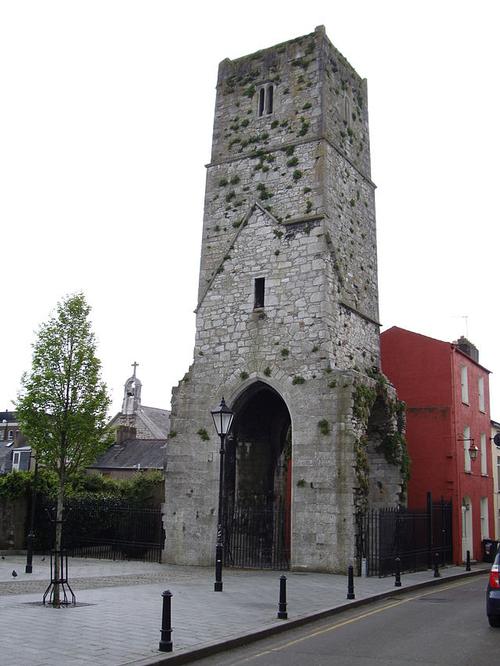 Red Abbey CorkPhoto: JohnArmagh in the public domain
Red Abbey CorkPhoto: JohnArmagh in the public domain
Cork's major tourist attractions are its remarkable buildings from the Middle Ages to modern times. Red Abbey is the most beautiful building preserved from the Middle Ages. There are two cathedrals in the city: St. Mary's Cathedral and St. Finbarre's Cathedral. St. Mary's Cathedral is often referred to as the North Cathedral. It is the city's Roman Catholic cathedral and was built in 1808. St. Finbarre's Cathedral is the famous Protestant church. The church was built on the foundations of an earlier cathedral.
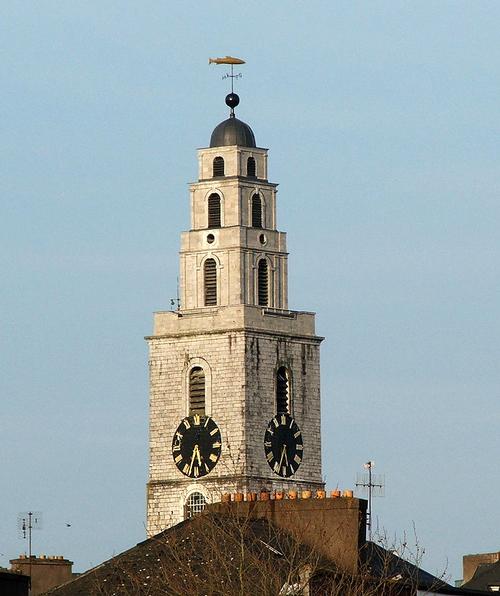 Cork Church tower of ShandonPhoto: Kglavin CC 3.0 Unported no changes made
Cork Church tower of ShandonPhoto: Kglavin CC 3.0 Unported no changes made
The architecture of many Georgian-style buildings is very attractive to tourists. But also the modern buildings such as the tower of City Hall, which for some time was the tallest building in the Republic of Ireland, are striking. Later the tower was surpassed by other high-rises, The Elysian, also in Cork. The most famous building from Victorian times is the mental hospital that has been renovated and turned into a residential complex, the Atkins Hall, after the architect William Atkins. The complex is located across the river, opposite the Provincial House. Cork's most famous building and symbol of the city is Shandon's Church Tower. This dominates the North district of the city.
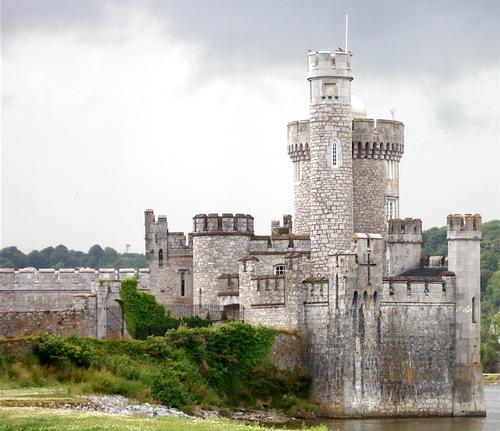 Cork Blackrock CastlePhoto: Raul Corral CC 3.0 Unported no changes made
Cork Blackrock CastlePhoto: Raul Corral CC 3.0 Unported no changes made
Other notable places include Blackrock Castle, the Opera House and Fitzgerald's Park in the west of the city. Also popular are the grounds of University College Cork through which the River Lee flows and the English market. The origin of this covered market dates back to 1610, the current building dates from 1786.
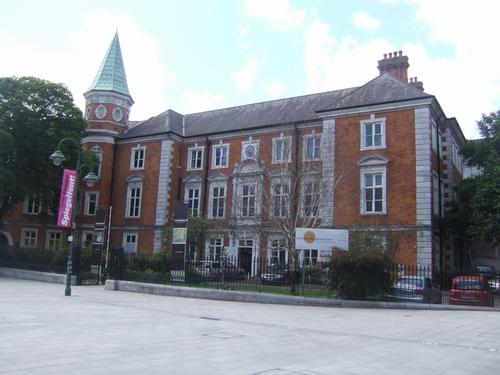 Crawford Municipal Art Gallery CorkPhoto: John M CC 2.0 Generic no changes made
Crawford Municipal Art Gallery CorkPhoto: John M CC 2.0 Generic no changes made
Cork is famous for its commitment and contribution to art and cultural life. The city has quite a few galleries and museums. In 2005 it was the cultural capital of Europe. The Crawford Municipal Art Gallery is the main art museum in the city, the museum is housed in an early 18th century building, the Customs House. The permanent collection includes over 2,000 works of art by Irish and European artists from the 18th century to the present, with a collection of Roman and Greek sculptures that were in the Vatican Museum until 1818. The Butter Museum is surprisingly interesting, and visitors get a glimpse of how this city was once the center of the Butter Exchange in the 19th century.
Tips
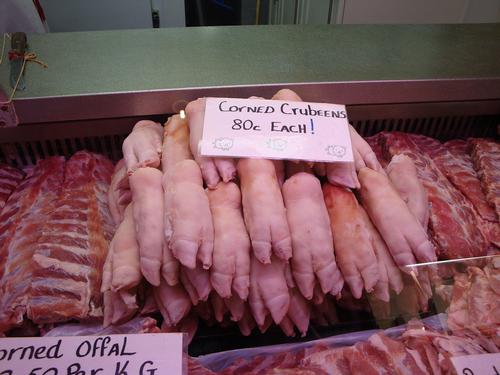 Cork CrubeensPhoto: Helen (CC BY-SA 2.0) no changes made
Cork CrubeensPhoto: Helen (CC BY-SA 2.0) no changes made
Eating out in Cork is easy, there is a wide choice of chic restaurants serving international and local cuisines. You can also eat delicious pub food there and there are the inevitable fast food chains. There is literally something for everyone to suit all budgets and preferences. Cork city is a gastronomic paradise and focuses on fresh local Irish ingredients. Black pudding (drisheen) is a regional favorite, traditionally served with tripe. Crubeens (pig's foot) are also popular and come in many different cooking methods. Irish cheese is fairly new to the market and is delicious, especially with freshly baked bread.
Useful links Cork
BBC Country ProfilesWorld Fact Book Explore all Countries
How to call
Last updated June 2025
Copyright: Team - The World of Info